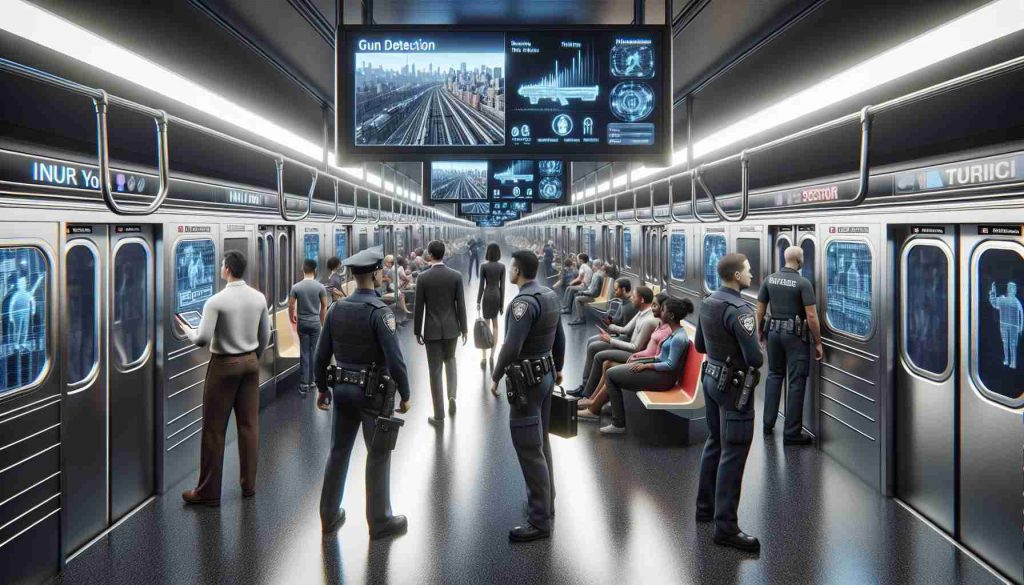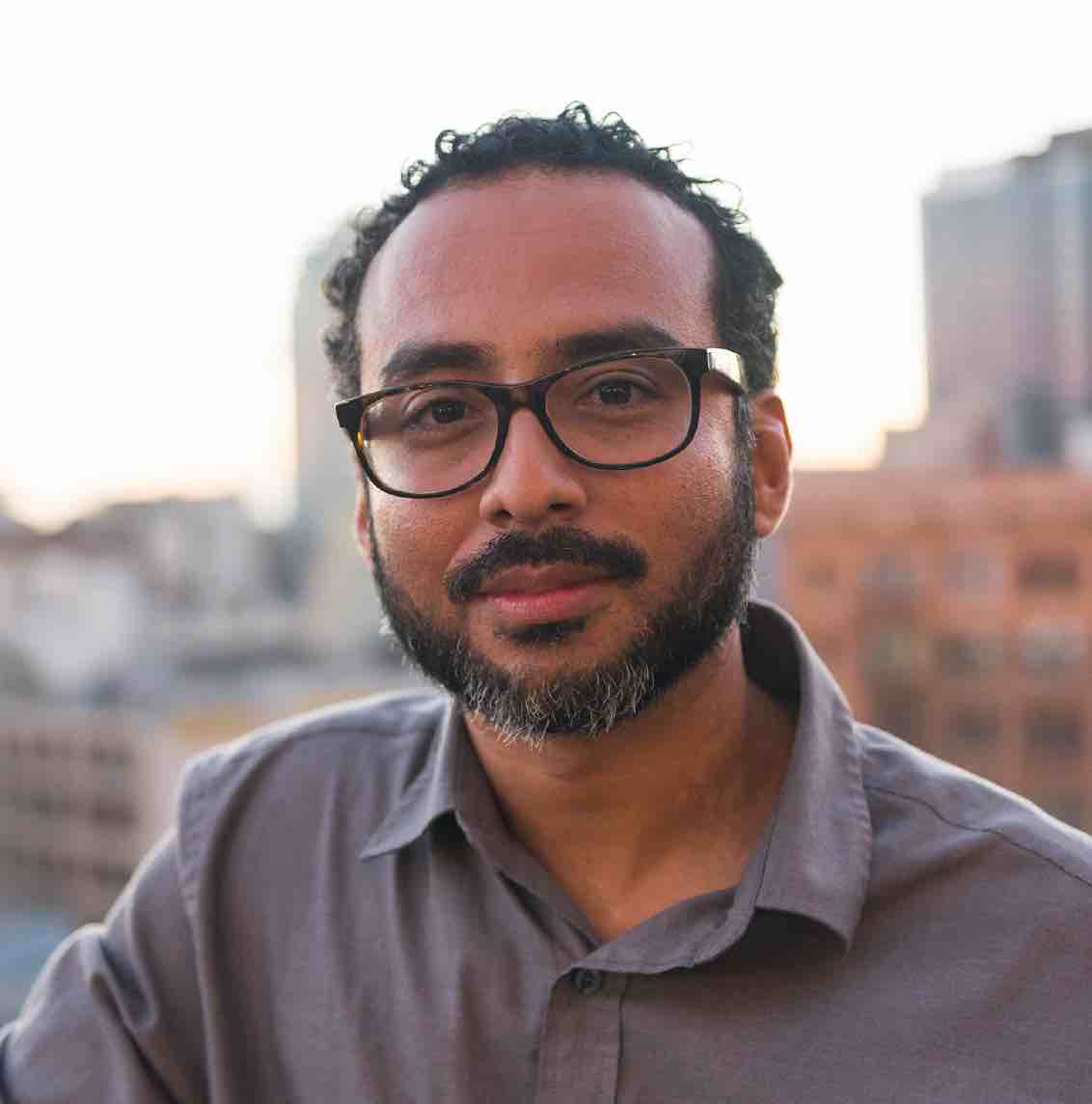
Summary: The New York Police Department (NYPD) is exploring the use of advanced artificial intelligence (AI) technology to enhance safety in the city’s subway system. This comes in response to recent incidents of gun violence on public transportation. By integrating AI with existing subway cameras, the aim is to quickly identify when a firearm is brandished, potentially preventing incidents before they escalate.
New York City’s metropolitan transport network could soon see a transformative security upgrade. Authorities are examining the feasibility of deploying AI-powered camera systems capable of detecting exposed firearms in real-time. The proposed technology operates by scrutinizing visual data from subway cameras and pinpointing the presence of guns, essentially acting as an early warning system to preempt shooting incidents.
NYPD Assistant Commissioner Kaz Daughtry acknowledged the potential benefits of such technological advances in curbing weapons-related threats. By sifting through the subway’s extensive network of cameras, the AI software developed by ZeroEyes, a security tech firm, offers a way to bridge the gap between crime and law enforcement response.
Although the NYPD has not established a clear implementation timeline, it remains focused on assessing various tech solutions to bolster public safety. ZeroEyes’ technology works by training algorithms to specifically detect firearms once they are visible, a critical feature given their concealment when stowed in bags or under clothing.
The system, already operational in various public venues across the United States, enables company analysts to monitor screens that activate upon gun detection. This swift identification process ensures that crucial information, including the shooter’s image and exact location, reaches authorities within seconds of a gun being spotted by a camera.
Yet, while the technology promises a significant leap in security efficacy, experts and insiders caution that no system is foolproof. Criminal adaptation to security measures and the potential for both false positives and negatives in crowded or inactive spaces present challenges that need careful consideration.
Moving forward, the NYPD’s interest in AI gun detection technology signals a commitment to harnessing innovative solutions to safeguard one of the busiest public transportation systems in the world.
Artificial Intelligence in Public Safety
As cities worldwide explore innovative ways to boost public safety, the concept of leveraging artificial intelligence (AI) is gaining traction, especially in the realm of law enforcement and security. The New York Police Department (NYPD) foray into AI-powered surveillance to tackle gun violence in the subway system reflects a broader industry trend. Advanced AI technology, when integrated with the existing infrastructure such as subway cameras, could provide a proactive approach to threat detection and prevention.
Market Forecasts and Industry Growth
The global market for AI in public safety is projected to experience significant growth. While precise figures vary, recent industry analysis forecasts indicate a compounded annual growth rate (CAGR) of over 15% within the next five years. This growth is a testament to the increasing demand for advanced surveillance and security solutions across public and private sectors.
The proliferation of AI in safety and security has been pronounced across industries, from transportation hubs to schools and public venues. Market growth is driven not only by a heightened security awareness but also by technology advancements that enable more sophisticated and real-time analysis of vast amounts of data.
Challenges and Ethical Considerations
However, the integration of AI-driven security technologies into public domains also raises important questions. Issues of privacy, the potential for misidentification, and the inherent challenges posed by individuals deliberately attempting to evade detection are among the top concerns. The accuracy of AI systems in complex and cramped environments like subways is also under scrutiny.
Industry experts emphasize the importance of a balanced approach that includes human oversight alongside AI to ensure both effectiveness and ethical compliance. AI systems like the one proposed by the NYPD need to be rigorously tested and monitored to mitigate risks and enhance trust among the public.
In light of these challenges, companies specializing in AI security technology are increasingly focusing on the development of systems that minimize false positives and negatives, while also providing robust data protection to comply with privacy regulations.
Relevant Links to Industry Information
To learn more about the industry and relevant statistics, you may visit the websites of major market research firms or check the latest reports from public safety and AI research organizations. Here are some general links for further information:
– IBM is known for its initiatives in AI and public safety.
– RAND Corporation provides research on public safety and technology.
– Dartmouth College often publishes insights about AI technology and ethics.
Looking Forward
The NYPD’s interest in AI for gun detection speaks volumes about the pressing need for innovation in public safety. As the industry continues to evolve and market forecasts predict substantial growth, the deployment of such AI systems could become the norm, providing cities with a valuable tool in the fight against crime while also highlighting the critical responsibility of ensuring these systems are used ethically and effectively.

Igor Nowacki is a fictional author known for his imaginative insights into futuristic technology and speculative science. His writings often explore the boundaries of reality, blending fact with fantasy to envision groundbreaking inventions. Nowacki’s work is celebrated for its creativity and ability to inspire readers to think beyond the limits of current technology, imagining a world where the impossible becomes possible. His articles are a blend of science fiction and visionary tech predictions.











